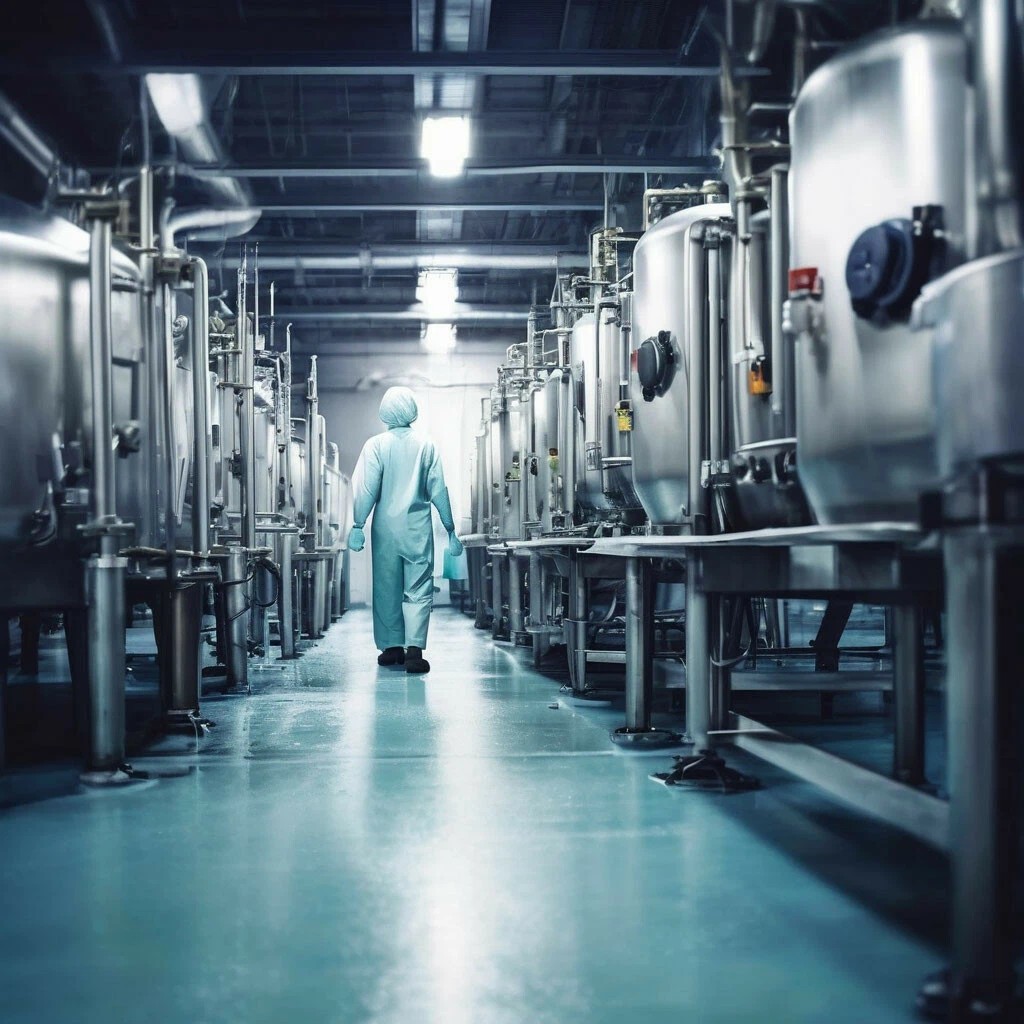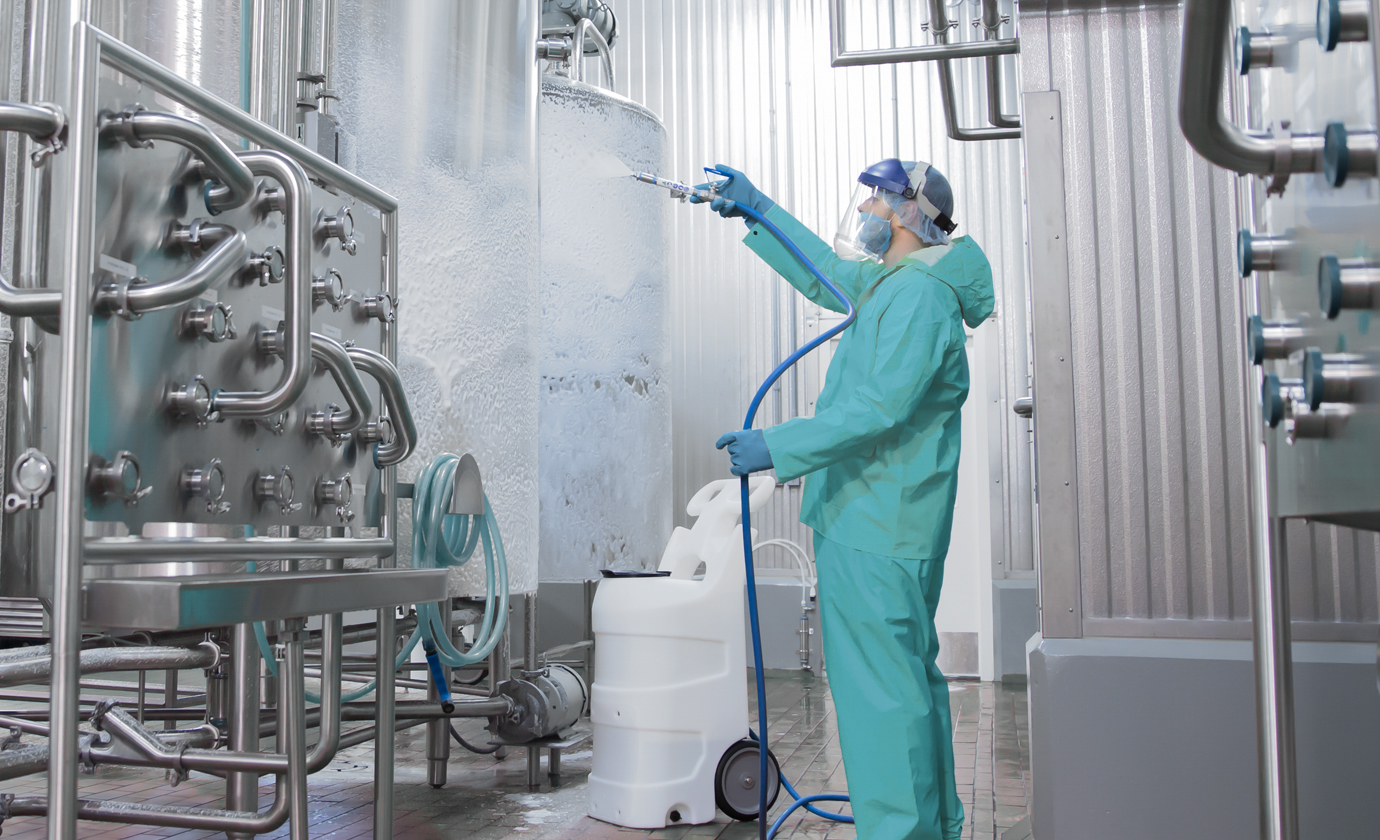Optimal pH for various processes
The recommended pH level for most detergents and disinfectants is in the range of 6-8, which is a neutral or slightly alkaline range.
Recommended pH levels:
- For most detergents, the optimal pH is 6-8.
- For disinfectants, the pH level may vary depending on their composition and purpose.
The effect of pH deviations on the effectiveness of funds:
- Acidic pH (below 6) can reduce the effectiveness of alkaline detergents and cause corrosion of metals.
- An alkaline pH (above 8) can reduce the activity of some disinfectants and cause damage to surfaces.




